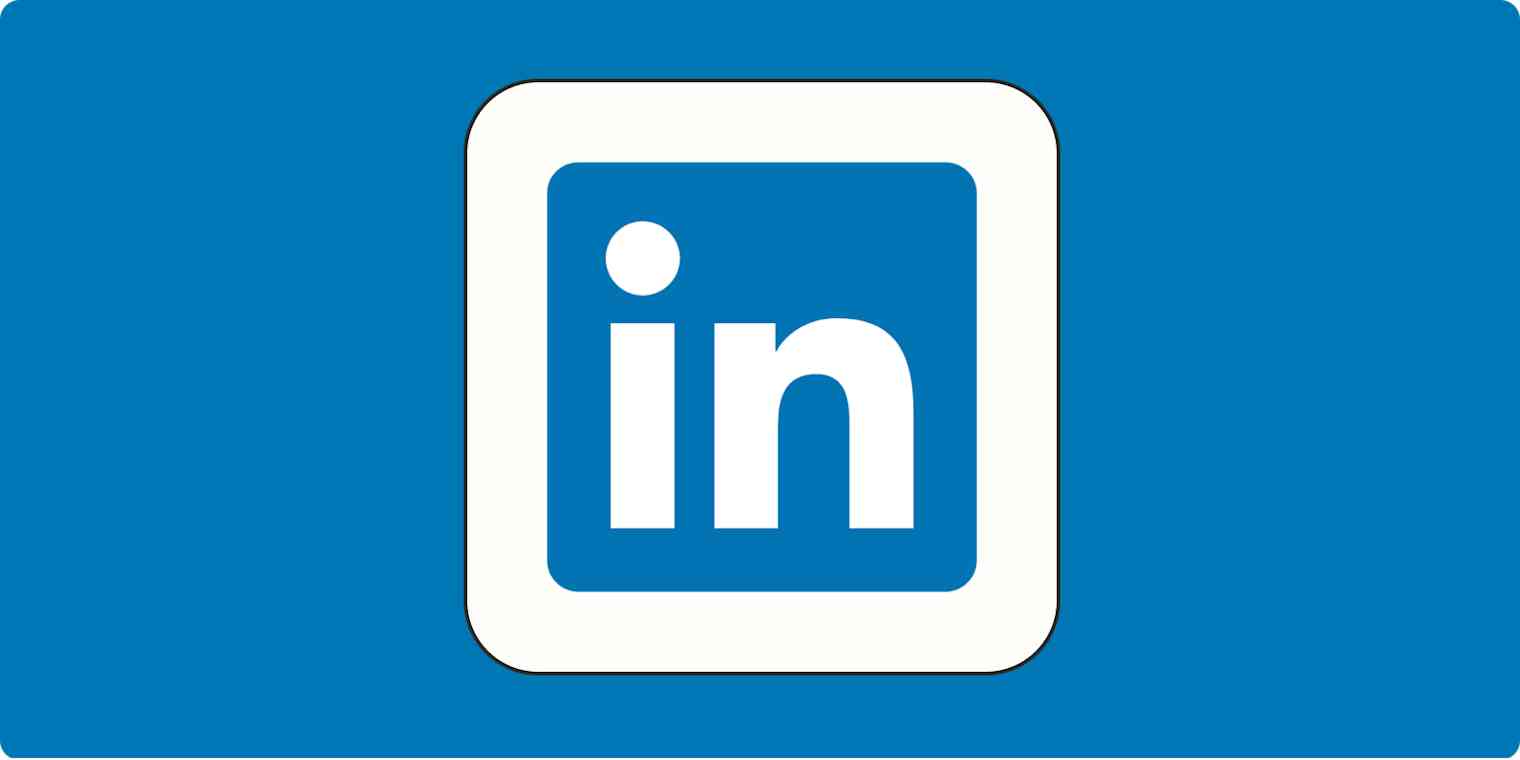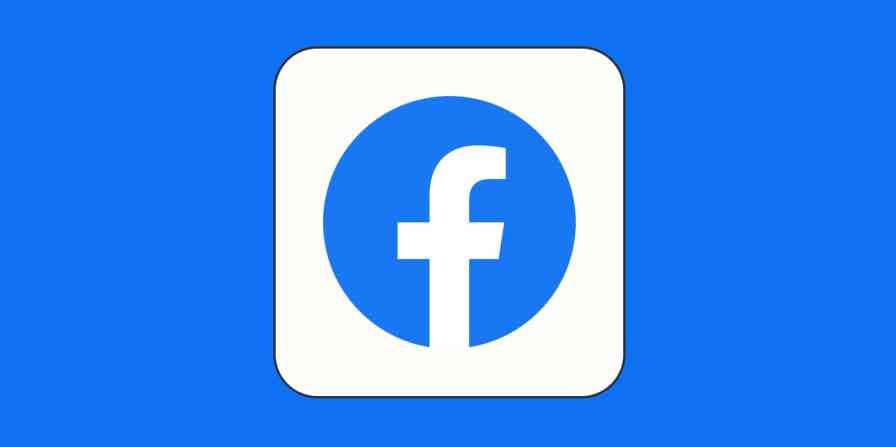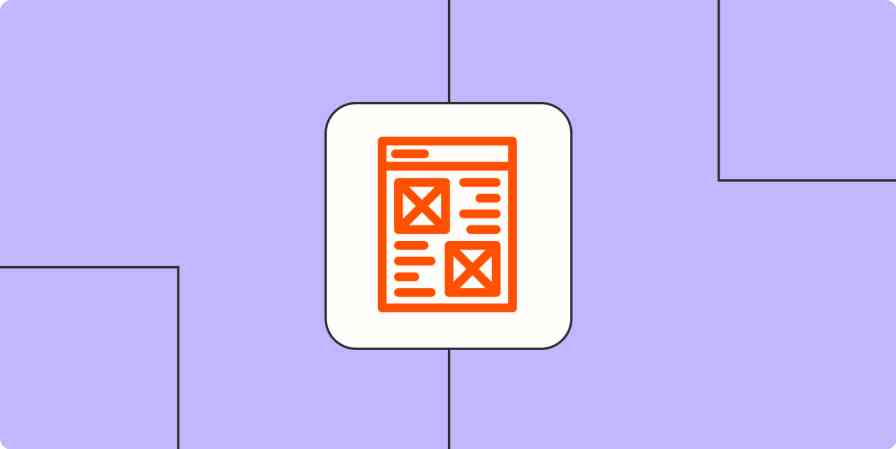I'm not a social media marketer by trade, so when one of my clients asked me to build their LinkedIn strategy, I knew I would have to come up with something from scratch.
That challenge forced me to pay close attention to the companies nailing social media, think hard about how to maximize existing content, find ways to incentivize employees, and learn how to fuse creativity and fun into a professional context.
And I'm ready to share what I learned.
Why create a LinkedIn strategy?
As a former B2B buyer and now business owner, I can attest that checking out a company's LinkedIn is one of the first things I do. It gives me an idea of the kinds of businesses they engage with, how many employees they have, the new releases they're promoting, and any big company news.
With that prospect behavior in mind, having an active LinkedIn presence has a lot of benefits. It gives you the opportunity to:
Promote internal thought leadership externally
Build credibility in your industry with content that stands out
Repurpose content in a refreshed way to capture people's attention
Learn about your audience, which can inform your future content strategy
Engage with your audience
Reel in new visitors that might form a new segment
Generate indirect leads through website traffic
But reaping those benefits is only possible when you have a strategy to guide you. Formalizing a strategy forces you to think hard about who you want to target and how. It gets everyone on your team (and others) on the same page and helps you stay on track. And besides allowing you to plan ahead in social media management tools, a strategy sets the foundation for a testing and iteration mindset. Knowing exactly what you tried and why can help you brainstorm new ideas.
The 4 components of a company LinkedIn strategy
A solid LinkedIn strategy should be rooted in your goals and audience. Those elements drive the more tactical pieces of your LinkedIn approach: what to post and when to post it.
1. Goals
First things first: nail your why. Maybe you're leaning into LinkedIn to become a more established industry leader. Perhaps it's to encourage and warm up inbound leads. Whatever it is, write it down. It should serve as the North Star for the rest of your plan.
From here, map out the big metrics you want to hit. Here are some examples to get you started:
X increase in visitors
X increase in follower count
X increase in organic leads
X increase in LinkedIn-driven traffic to your website
X average employee reposts
2. Who you should follow and engage with
To get more people to come to you, you have to engage with them first. There are two types of companies you should be engaging with off the bat:
Partners. Giving partners' content a boost makes them more likely to boost yours, and it's generally a good way to keep tabs on what they're up to.
Customers. Your customers' successes are, in a way, your success too. Showcasing the amazing things they're doing (1) shows that you care about your customers and (2) gets your name in front of a new audience of potential buyers.
Partnerstack is an excellent example. They created an incredible International Women's Day campaign and highlighted one of their customers (and some non-customers!) every week in March.
Not only did that shine a light on all the accomplished women in their industry, but it also demonstrated the company's commitment to a diverse workforce, showed off their strong relationships with customers and partners, and got them in front of each woman's network.
3. The types of content you can post
This section should be the meat of your strategy—before you can build a calendar, you need to know what you can post.
Content you already have
If you have any semblance of a content strategy going, you automatically have a wealth of content to post. List out the great content that's already published or that gets developed regularly, and prioritize it in order of what your audience or prospective audience would want to see. Some examples:
Blog articles
Thought leadership articles or videos
Customer interviews
Case studies
Playbooks
Whitepapers
eBooks
Press releases
New customer announcements
New feature announcements
Knowledge articles
Podcasts
Photos or videos of virtual or in-person events
Unless you just created a LinkedIn account, you've likely already posted some of this. So think about how you can repurpose it in a cool way.
Maybe you create a Loom video walking through the most interesting parts of a playbook. Perhaps you link to an interactive demo of a new feature in your latest release and pair it with a knowledge article. You could make clips of the best one-liners in videos or podcasts.
Here's an example from JumpCloud. Instead of just telling folks what their new "JumpCloud University" course is, they show them. A quick 30-second clip runs visitors through exactly what they might learn with screenshots of tools and knowledge articles.
Pocus takes a different tack. To share the success of their recent product launch, they didn't go with one bland customer quote. Instead, they pulled together a whole slew of testimonials in a carousel and tagged their companies in the post.
I also want to shout out Zapier here, as they're constantly raising the bar on LinkedIn. Here's a perfect example.

In this post, they're effectively leveraging their talent (in this case, Head of Product) to encourage engagement—not only on the post but in a forthcoming LinkedIn Live as well.
She recorded and posted a quick video invitation on Loom and posted it to her network first (which probably has a lot of folks who want to join the happy hour). Then the Zapier team reposted it on the company page.
Employee shoutouts
Employees are another asset you already have. Find fun ways to flaunt your talent:
Ask new hires about themselves, and post the most interesting fun facts.
Post about new certifications your employees have gotten. Ask them what the hardest part of the exam was and how they'll use their knowledge.
Ask people who've been promoted to record a quick video shouting out someone who helped them get to this latest milestone.
Navattic brings some fresh creativity to their employee-related posts—here's a great example.

They recently held an offsite to bring everyone from their remote team together and used it as an opportunity to highlight how the team is working hard to make their customers' jobs easier.
When done right, LinkedIn can also be a fantastic recruitment tool. I mean, look how much fun they're having.
Partner content
Co-marketing is a big part of partnerships, so get close with your partner marketing team. Set up a process for learning about new co-marketed content to promote. Things like joint case studies, email campaign content, co-written blogs, and joint events are great places to start. And make them memorable: turn the best presentations into video clips, carousels, or polls.
For example, every month, Ordergroove collects input from partner contacts and turns it into a blog post and LinkedIn carousel.
Contributing partners are eager to comment, like, and repost, ultimately getting Ordergroove more views and traffic.
If you don't frequently generate co-marketed content, use partner content slots for spotlighting partner funding rounds, product launches, and other exciting news.
Current events
It's important to keep a few slots open a month to talk about topical issues, news stories in your industry, or, let's be real, unplanned launches or events you weren't aware of until the last minute.
Other content generation ideas
Looking at your competitors' LinkedIn posts can spark unique ideas that will set your company apart. And if you want to track that, consider using LinkedIn's native competitor analytics. You can choose what competitors to compare to in terms of followers, engagement, and trending content.
Another idea—if you're not a team of one—is to ask for your peers' help. Create a Slack channel where people drop interesting links they came across during the week. By Friday, you'll have enough for a roundup of the top five. You could even use Zapier's OpenAI integration to automatically send those links to GPT, so it can write your roundup for you.
Zapier is the leader in workflow automation—integrating with 6,000+ apps from partners like Google, Salesforce, and Microsoft. Use interfaces, data tables, and logic to build secure, automated systems for your business-critical workflows across your organization's technology stack. Learn more.
4. How you're going to execute the strategy
Now it's time to get tactical—expect to end up with a full-blown monthly calendar.
Decide what content you're going to post
It's time to give all your existing content and content ideas some structure. One way to help you figure out what to post is to create what I call "campaigns," which are essentially themes that appeal to your target audience.
For example, my first campaign for my client was "What is the future of eCommerce?" We already had some existing videos and blog posts about our predictions, and we knew our partners were also posting about this topic—instant repurposable and repostable content. Some of our employees also got certified in new headless platforms, and we welcomed more employees to the team to embrace emerging eCommerce technologies. Again, instant content.
Then, we took it a step further. We did six interviews with experts in the space and turned them into blog posts, carousels, YouTube videos, podcasts, and snippets. We posted them all (plus some teasers) on LinkedIn and tagged all the interviewees and their companies to get extra eyeballs.
What format you're going to use
Don't forget to think about how your posts will look. You'll need to use hashtags and tagging, of course, but also consider leveraging emojis, videos, and GIFs to make posts more engaging.
You could also capitalize on LinkedIn features such as:
Carousels to introduce and conclude campaigns.
Polls to encourage participation and get first-party data on what your audience is interested in.
LinkedIn Lives to create repurposable video content.
Articles to post your own thought leadership outside of your blog.
Celebrate occasions for when you onboard new employees.
What incentives you could try
Whenever someone engages with your company's posts, they promote your content to their followers. Incentives can accelerate this network effect to help you reach your engagement and follower goals faster.
To encourage employees and customers to like, comment, and repost, enter them in a sweepstakes. To encourage partners to post, make sure you're engaging first, and then see if you can use partner MDFs (marketing development funds) to "Boost" posts about joint co-marketing.
Create a monthly plan
We've finally arrived at the last step. It's time to connect all the dots and build your calendar. I kept this part super simple and made one in Google Sheets.

I started by slotting in content based on my theme: carousels, podcasts, blog posts, thought leadership articles, and some teasers for that content. Then, I put a links roundup on Friday so that I'd have time throughout the week to collate the information I wanted to post.
I also added some slots for current events, customer content, and partner content with reminders to engage with other groups. And I added reminders to post in our company's Slack channel to encourage employees to like, comment, and repost.
The last week of every month, I'd pre-loaded as much of the content as possible to our social media management tool (LinkedIn also has a scheduling feature now) and watched our content perform.
You can use Zapier's pre-built social media planner template to create captivating posts for different social channels, schedule them effortlessly, and track their posting status—all in one centralized tool.
Measure and iterate
Pay close attention to which posts get the most engagement. Was it because you tagged a customer or partner? Was the content a little spicy? Find a way to take note of what made it special.
If you're not quite hitting your goals, adjust. The best part about a LinkedIn strategy is that it's not set in stone.
Remember, everyone is trying to pave their own path on social media. And if you're feeling brave, why not share some behind-the-scenes of building your strategy? It's a little meta, but it's useful and relatable—who knows who it will resonate with.
Automate your LinkedIn marketing
Managing both your ads and organic LinkedIn posts can be a time suck—especially when moving data into (or out of) other apps like your CRM. It can be really easy to miss a hot lead coming in through a LinkedIn form or to forget to re-share a key company update with your LinkedIn followers.
Zapier's LinkedIn integrations can help. Learn more about how to automate LinkedIn, or get started with one of these pre-made workflows.
Post new LinkedIn Lead Gen Form leads to Slack channels
Share new RSS items as company updates in LinkedIn
Send LinkedIn Conversions events from new HubSpot form submissions
Zapier is the leader in workflow automation—integrating with 6,000+ apps from partners like Google, Salesforce, and Microsoft. Use interfaces, data tables, and logic to build secure, automated systems for your business-critical workflows across your organization's technology stack. Learn more.
Related reading:






